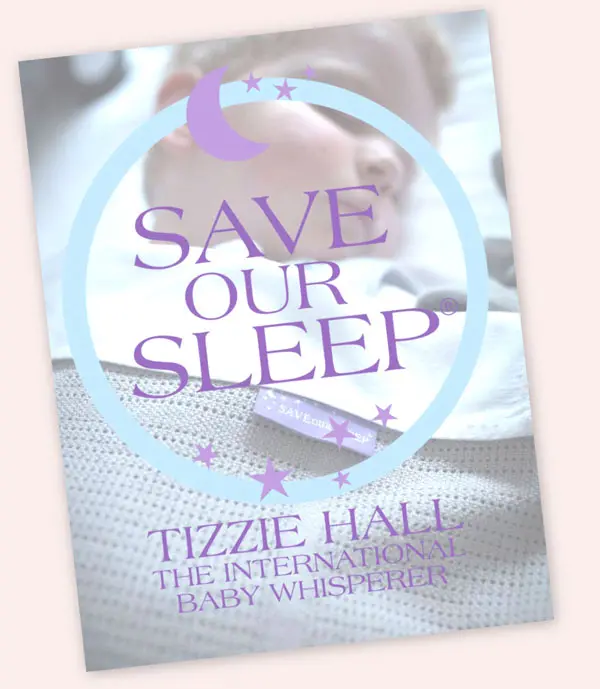I believe you should talk to your baby as if she is an adult from day one.
Start by telling your baby what you are going to do to her rather than just doing it, for example, before pulling her legs up to change her nappy, explain why. This helps your baby to feel much more in control and will give her a feeling of security.
The latest research also shows that talking to your baby builds neural circuitry in the brain, which can help her learn language more quickly.
Within the first few weeks your baby is already listening to you and within the first three months she is ‘talking’ to you.
You will not understand what she is trying to convey but those gurgling sounds are conversations your baby is having with you. If you say something to your baby and wait for a response, your baby will make babbling sounds back. Try not to talk over your baby – stop talking and listen to what she is trying to say.
As your baby gets older, ask for her cooperation when doing things such as bathing or changing a nappy. ‘Can you lift your bottom?’ Even if you know your baby can’t lift her bottom, it is still nice to let her feel involved and this will help your baby to learn more language.
Tell your baby when you are leaving the room and when you will be back. A protest may follow, but she will eventually understand the fact that you will return shortly.
Other ways of talking with your baby are to copy their noises and hold a ‘conversation’ by taking turns at making the noises. And it’s never too early to read books to your baby, describing the pictures, colours, shapes, numbers and letters.
Sing songs and nursery rhymes, play peek-a-boo, clap hands, make funny faces and sit in front of a mirror with your baby. As she gets older, try putting a sticker on her face then sitting her in front of a mirror – if she reaches for the sticker in the mirror she is not aware it is her reflection, but if she takes the sticker off herself she is.

Join our newsletter and receive a FREE download of the world famous Save Our Sleep Safe Bedding Guide delivered straight to your inbox!
PLUS you will also receive a thank you gift offer shortly after.